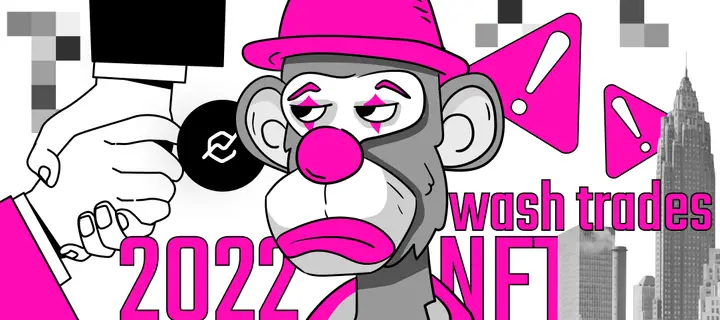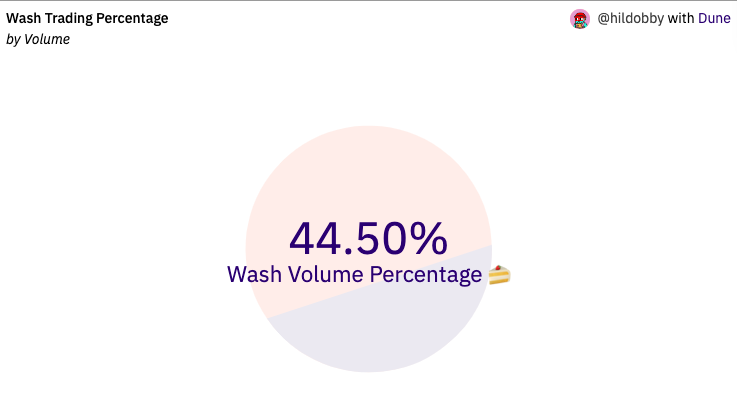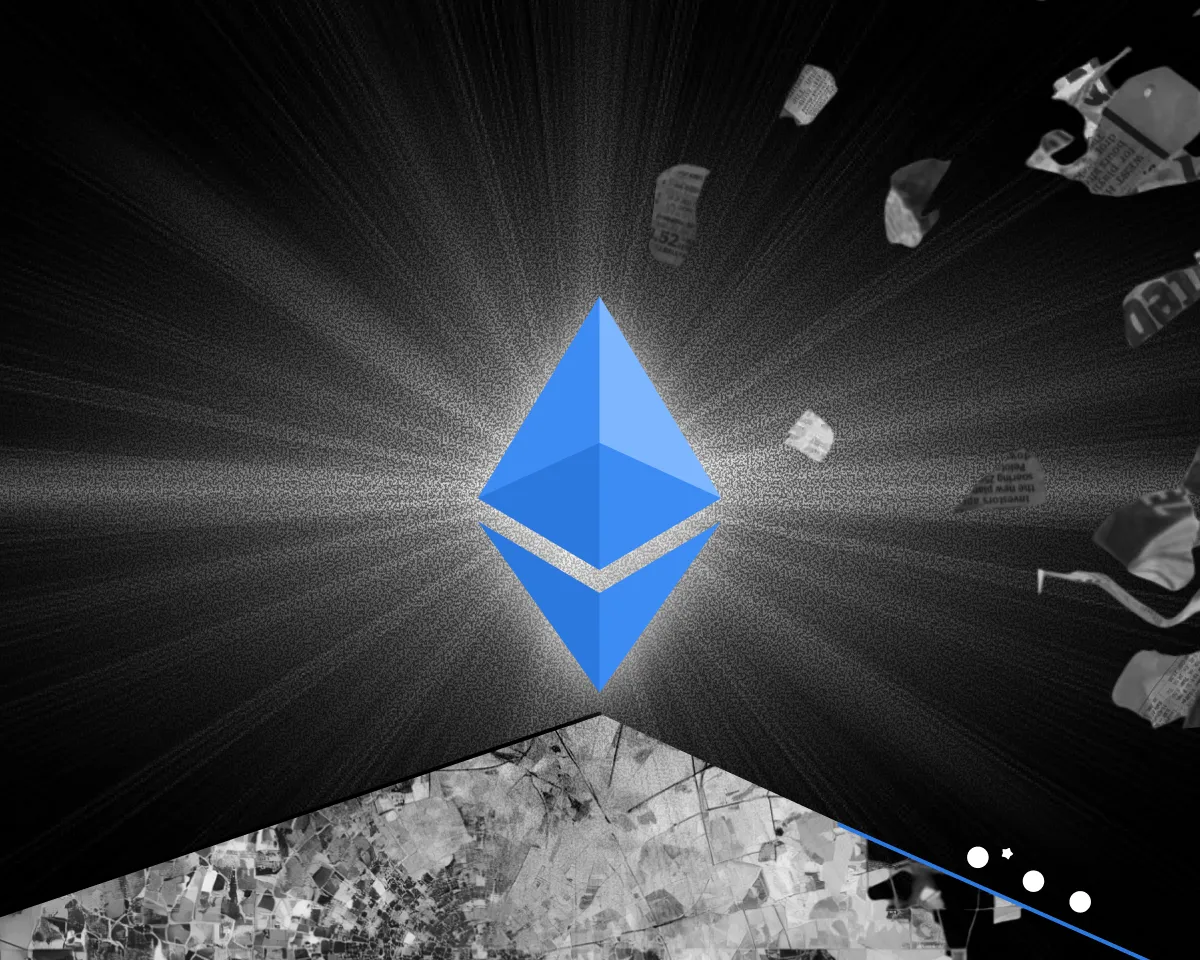
New research by hildobby, an anonymous data analyst for DragonFly and Dune, has shown that up to 80% of trades in January 2022 were wash trades.
As you can see from Dune Analytics’ data table, the record increase in turnover in January this year was due to interest in NFTs and wash trades. January trading volume rose to about $20 billion, an all-time high. Many market participants wish those days were back, although it has just become apparent that those trades were not clean.
 NFT Trading Volume Wash Trading Data from Dune Analytics
NFT Trading Volume Wash Trading Data from Dune AnalyticsWash trading has long been known in traditional markets as a malicious form of market manipulation in which investors create fictitious trades that look like legitimate trades. The motivation is usually to mislead the broader market for the trader’s benefit.
Regarding NFT trades, wash trading occurs when NFT traders exchange assets between their accounts, usually to make interest in a particular project seem higher than it is. NFT traders are doing so to benefit from the token incentives that some marketplaces give to their users in exchange for activity.
hildobby writes in the Dune Analytics post:
So the wash trading problem is nothing new to crypto. Throughout 2022 though, it has become particularly pertinent to the world of NFTs.
How widespread is wash trading in the NFT world? Well, I found that at its height in January 2022 – more than 80% of volume was wash trading.
With a total of 58% for the entire 2022, the situation hasn’t exactly changed.
The occurrence of wash trading within the NFT space can be explained by the hype around NFTs at the beginning of 2022. New marketplaces emerged with the token rewards program. Rarible, for example, “was one of the first to use their token ($RARI) as a reward for active users, but others soon caught on.”
Some example trades routed through popular marketplaces are on OpenSea, LooksRare, X2Y2, and Blur.
 Wash Volume Percentage Data from Dune Analytics
Wash Volume Percentage Data from Dune Analytics Hildoby’s report is not without a bright side. The wash trades accounted for only 2.3% of the volume on OpenSea, a leading NFT trading platform. The main platforms for wash trading are LooksRare, where transactions account for around 98% of the volume, and X2Y2 with 87%.

 2 years ago
132
2 years ago
132














 English (US) ·
English (US) ·